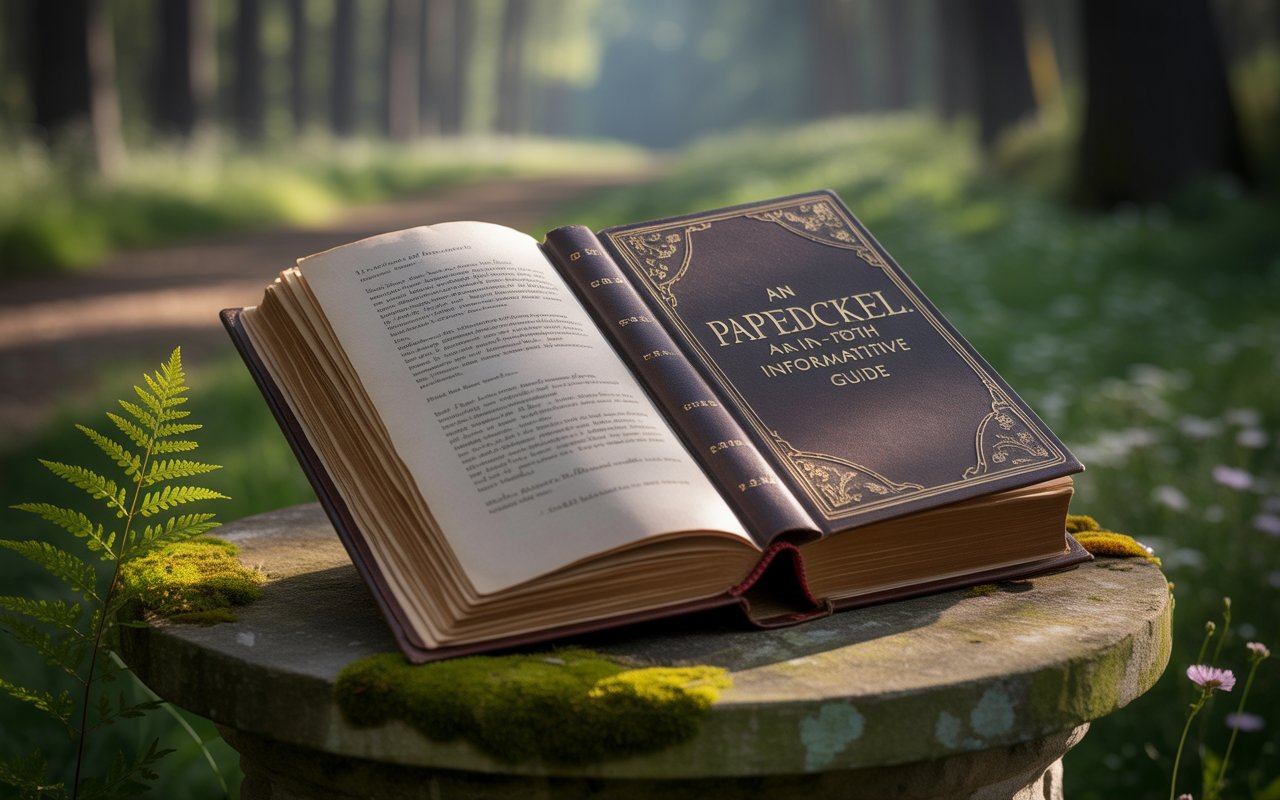Sustainability has become one of the most important topics in modern society, influencing industries from packaging to transportation. One simple yet powerful example of sustainable innovation is the pappedeckel, a cardboard lid commonly used in food and beverage packaging. Although it may appear small, the pappedeckel plays an important role in reducing plastic usage and promoting eco-friendly practices.
What is Pappedeckel?
The word pappedeckel is derived from German, meaning a cardboard lid or cover. It is typically made from recyclable materials, serving as an alternative to plastic lids and covers. Pappedeckel is widely used in cafés, food stalls, bakeries, and beverage outlets. Its lightweight structure and easy recyclability make it a preferred choice for both businesses and environmentally conscious consumers.
The Rise of Pappedeckel in Packaging
With growing awareness about climate change, industries are shifting toward eco-friendly packaging solutions. Pappedeckel has become popular because it helps reduce single-use plastics, which are known to harm marine life and pollute the environment. By replacing plastic lids with pappedeckel, businesses demonstrate responsibility and appeal to customers who value sustainability.
Environmental Benefits of Pappedeckel
The environmental advantages of using pappedeckel include:
-
Reduction in single-use plastic waste.
-
Easy recyclability within existing waste management systems.
-
Lower carbon footprint compared to plastic alternatives.
-
Support for circular economy principles.
These benefits prove that small steps, like choosing a pappedeckel, can contribute to larger global environmental goals.
Pappedeckel in Food and Beverage Industry
Restaurants, cafés, and food delivery services increasingly adopt pappedeckel for cups, containers, and takeaway meals. Customers appreciate that their coffee or snacks come with a sustainable cover instead of a plastic lid. For businesses, it improves brand image and meets regulatory requirements in regions with strict plastic bans.
Economic Value of Pappedeckel
Pappedeckel also delivers cost efficiency. Production uses readily available recycled paper materials, reducing manufacturing expenses. Moreover, businesses avoid fines or penalties related to plastic use by adopting pappedeckel. This economic value motivates more companies to transition toward cardboard-based solutions.
Design and Functionality of Pappedeckel
Despite its simple appearance, the pappedeckel is carefully designed for functionality. It is strong enough to cover beverages, lightweight for transport, and customizable with branding. Many companies print logos, eco-messages, or product information directly on the pappedeckel, enhancing both practicality and marketing appeal.
Pappedeckel and Consumer Awareness
Modern consumers prefer sustainable choices and often support businesses making eco-friendly changes. By using pappedeckel, companies connect with environmentally conscious customers. This shared responsibility builds stronger customer loyalty and positions brands as leaders in sustainability.
Challenges in Widespread Adoption of Pappedeckel
While effective, pappedeckel adoption faces challenges. Some businesses worry about durability, particularly for hot beverages. Weather resistance can also be an issue if not properly coated. Additionally, in regions without strong recycling infrastructure, pappedeckel may end up in general waste instead of recycling streams. Overcoming these challenges requires innovation and investment.
Pappedeckel in Recycling Systems
Recycling plays an essential role in the success of pappedeckel. Most recycling plants process cardboard easily, ensuring the material reenters the production cycle. Consumers, however, must dispose of it correctly. Public education campaigns encourage proper disposal, ensuring that the environmental potential of pappedeckel is fully realized.
Pappedeckel and Innovation in Packaging
Innovation continues to improve pappedeckel’s durability, moisture resistance, and biodegradability. Manufacturers are developing water-based coatings to replace plastic films, making lids 100% compostable. This ensures that pappedeckel remains effective while staying true to eco-friendly values.
Comparison with Plastic Alternatives
When compared with plastic, papedeckel offers clear environmental advantages. Plastic lids often take hundreds of years to decompose, while cardboard lids degrade quickly. Additionally, plastic production relies heavily on fossil fuels, whereas papedeckel production uses renewable or recycled resources.
Global Adoption of Pappedeckel
Countries with strong environmental policies encourage businesses to use papedeckel. For example, many European nations have introduced regulations limiting single-use plastics, leading to rapid growth of cardboard alternatives. This trend demonstrates that sustainability is not only a choice but also a legal requirement in several regions.
Pappedeckel in Everyday Life
Beyond cafés and restaurants, papedeckel has many applications. Schools, offices, and events use them for eco-friendly catering solutions. Even households adopt papedeckel for storage or small-scale packaging. This wide usage shows how adaptable and practical it is across different lifestyles.
Marketing Advantage of Pappedeckel
Businesses gain a unique marketing advantage by promoting their use of papedeckel. Printed designs allow companies to highlight their eco-friendly commitments. Customers often share pictures of such packaging on social media, indirectly promoting the business. Thus, papedeckel becomes both a functional item and a promotional tool.
Pappedeckel and Corporate Responsibility
Corporate responsibility extends beyond profit-making. By adopting papedeckel, businesses show alignment with global sustainability goals. This decision supports eco-conscious policies and aligns with the values of modern stakeholders, including investors and partners.
Future Trends for Pappedeckel
The future of papedeckel looks promising. With ongoing innovations, it may soon feature smart packaging technologies, such as QR codes for tracking sustainability data. Biodegradable coatings and increased global adoption will further strengthen its role in reducing plastic waste.
Awareness and Education on Pappedeckel
For maximum impact, awareness about papedeckel must grow globally. Schools, campaigns, and organizations can highlight its benefits to encourage mass adoption. Educating people on proper disposal and recycling ensures that papedeckel continues to contribute to environmental conservation.
Conclusion
The papedeckel may seem like a small item, yet it symbolizes a big step toward sustainability. By reducing plastic use, promoting recycling, and supporting eco-friendly innovation, it plays a powerful role in shaping greener industries. As businesses and consumers continue to prioritize the environment, papedeckel will remain an essential part of the global movement toward sustainability.

